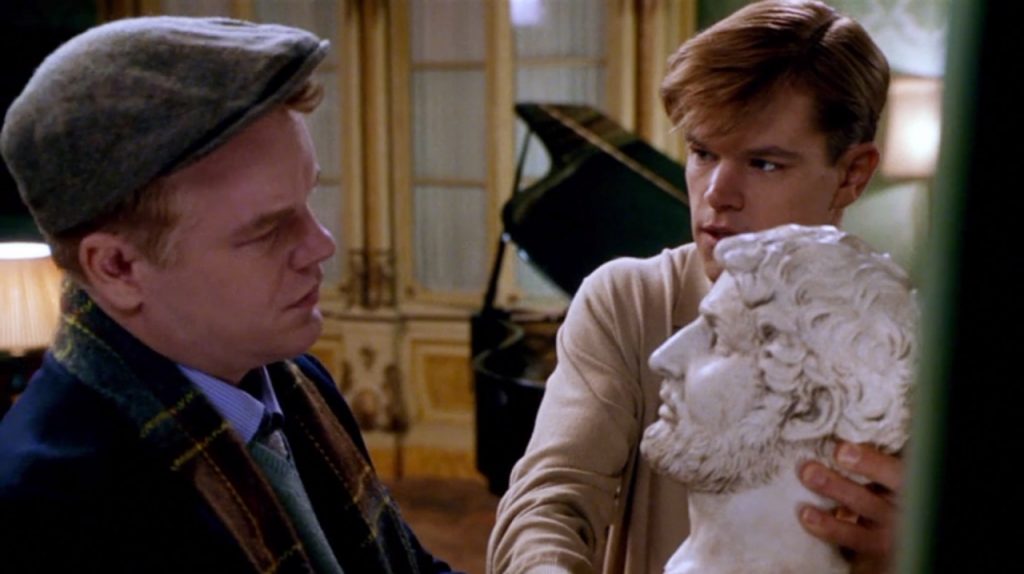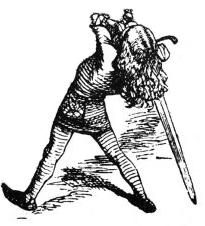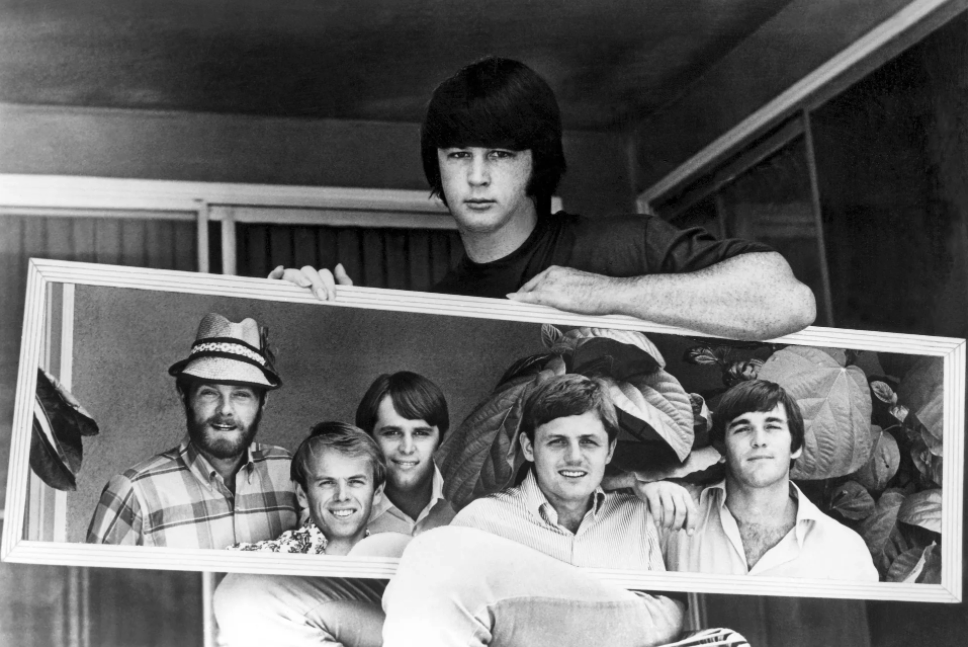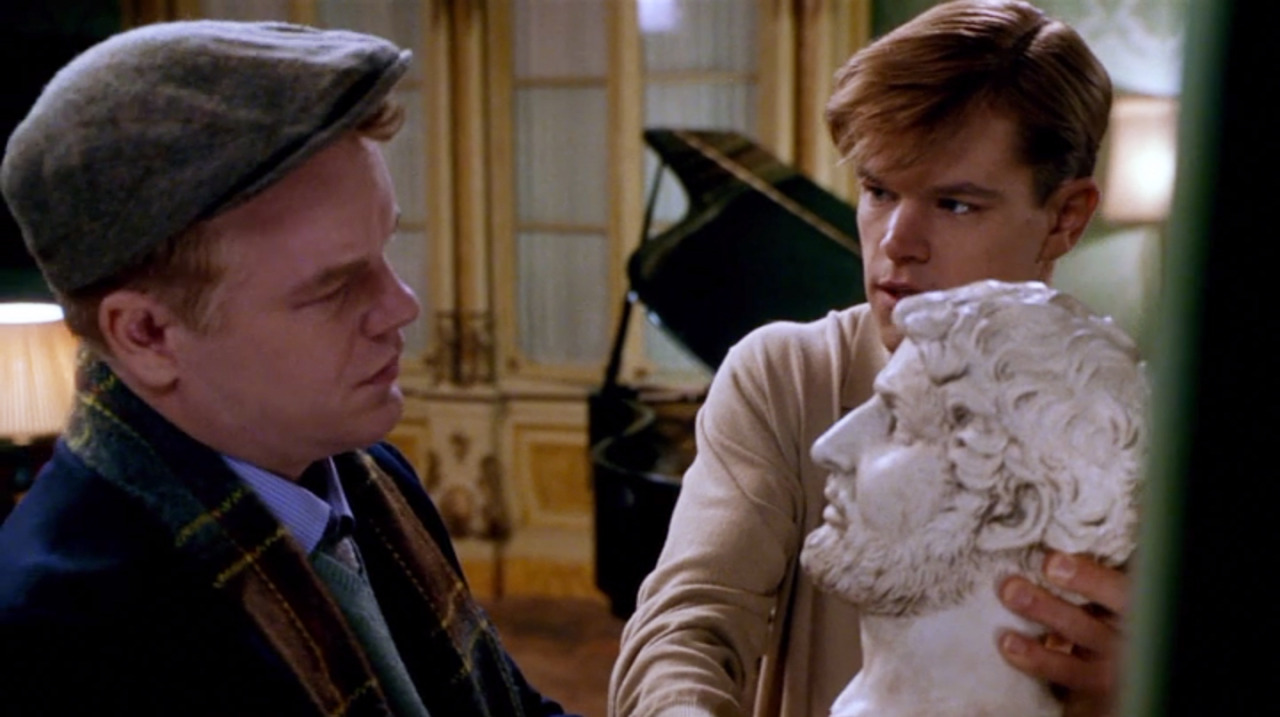
There is a certain chronological magic that happens when consuming media set in the same era, at the same time in your life. 1950s New York and southern Europe become woven into a single memory of characters, flavours, sights, and sounds.
Back in the real world, these works have no connection. Tom Ripley is fictional, and Ned Rorem (as of the time of writing this) is a real man, very much alive. However, with both “characters” flirting with bisexuality, living off the generosity of wealthy friends, and desperately trying to find their way in life, the similarities are certainly there.
However, it should be noted that the world of Rorem’s Europe is certainly lacking the violence of that of Tom Ripley’s. In fact, one of my favourite pieces of music ever composed is that of Rorem’s “Love” – arguably one of the most calming and serene songs ever written. Here we hear Susan Graham and Malcolm Martineau’s exquisite rendition.
What both of these lives manage to accomplish is the creation of a nostalgia that harkens back to a time of simplicity, despite the challenges they must face. Yes, Tom Ripley is murdering people, but he’s also discovering Jazz in sweaty Italian clubs, and having affairs with beautiful women. Sure, Rorem is facing an internal crisis of his sexuality and the meaning of his life, but he’s composing brilliant art songs while lounging in a villa in the south of France.
Perhaps it comes to this: the lives of others are easier lived when viewed through the occluded lenses of nostalgia.



